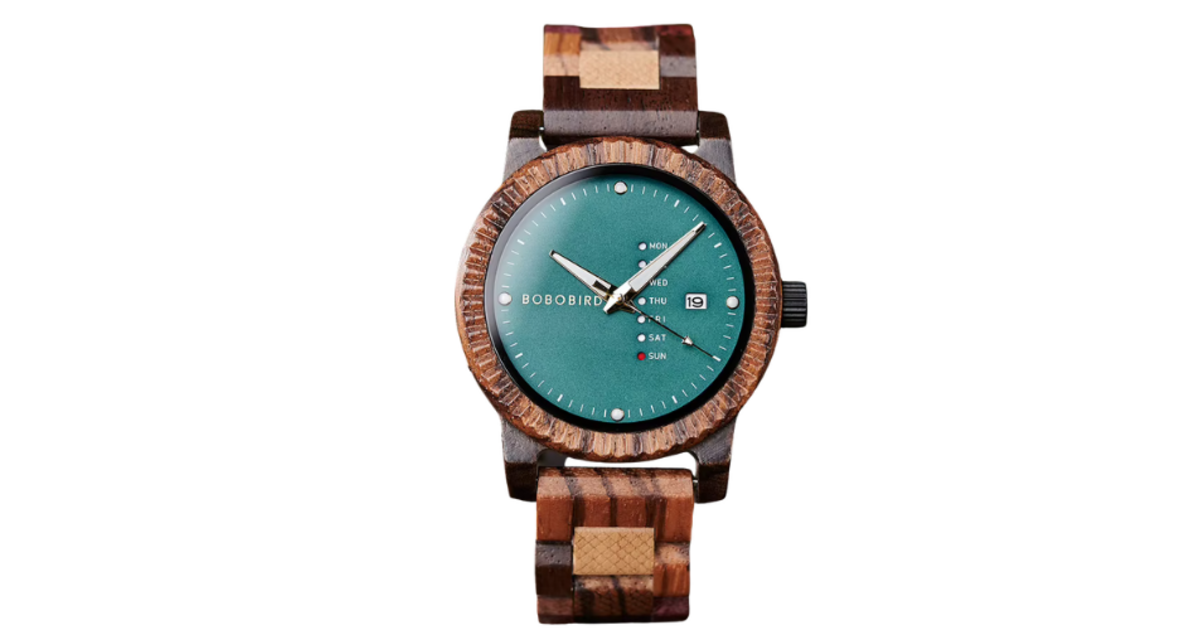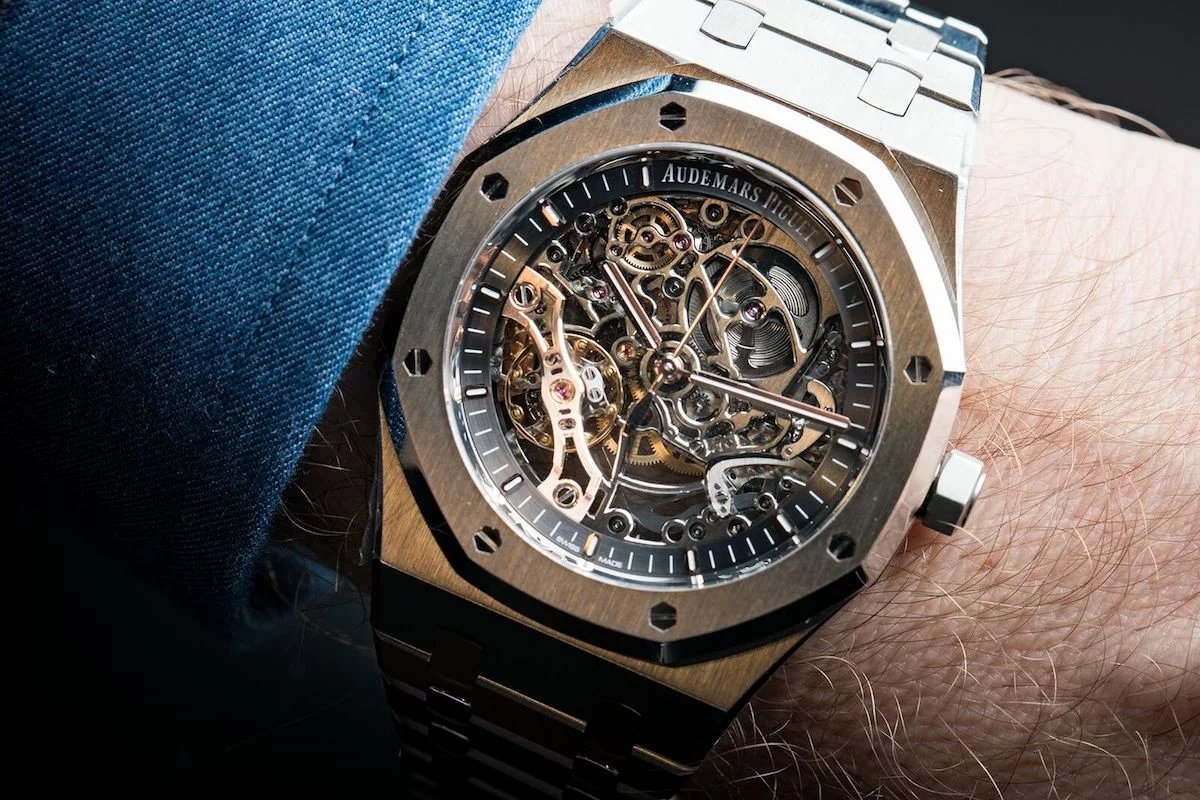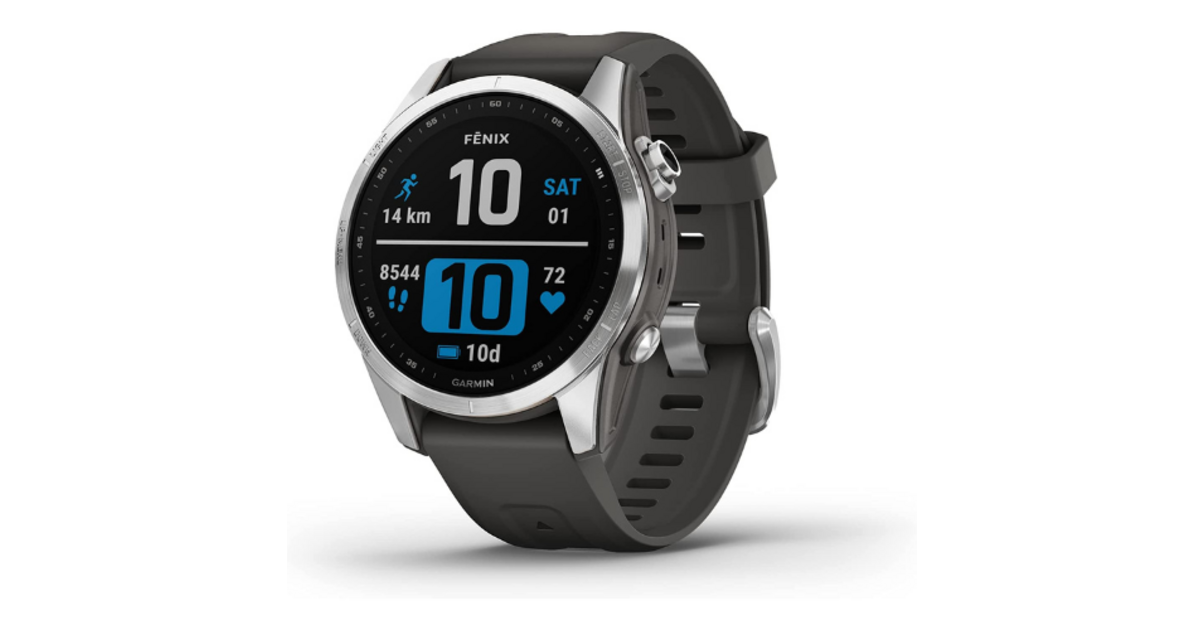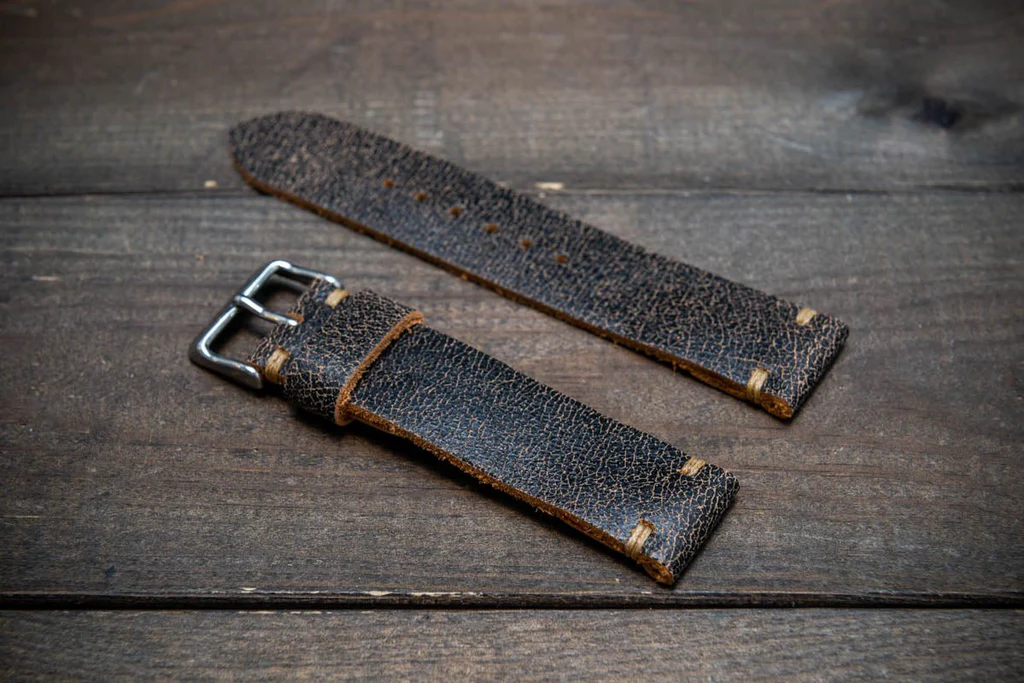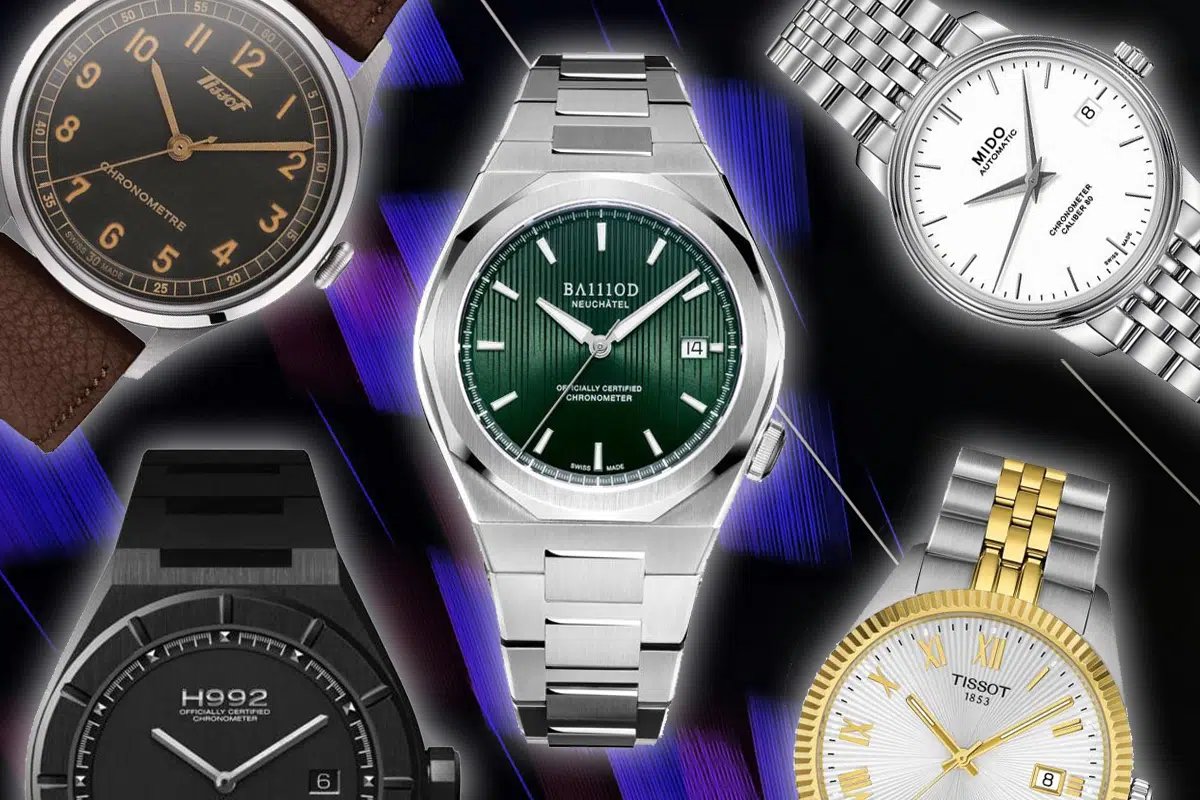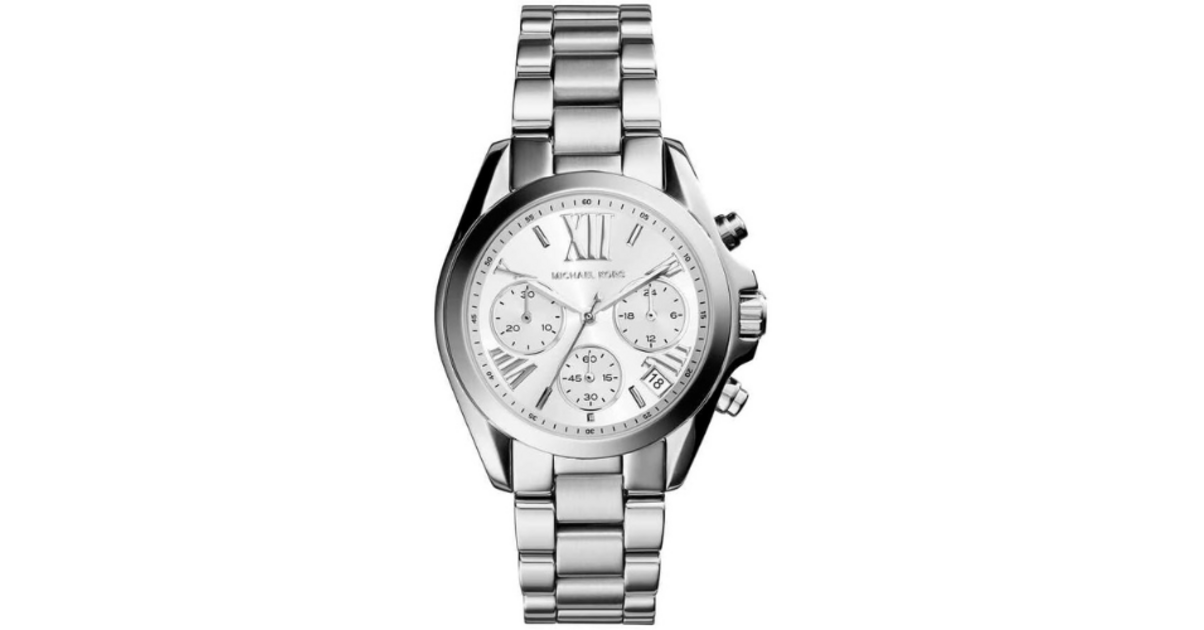Table of Contents
Movement & precision: the annoying blind spot
Here we hit the nerve. Bobo Bird product sheets are stingy. Generic quartz caliber, undocumented origin. Miyota? Seiko? Sunon? We don’t know. And that is a problem of technical traceability. During my test (10/12–19/2025), I noted a drift of +5 seconds over 7 days versus an NTP reference (iPhone sync — pool.ntp.org — checked at 08:00 each morning). Correct for an entry-level quartz; not a tool watch for timing anything serious.
If you are hesitating between a “poetic” mechanical movement and pragmatic quartz, this detailed comparison of automatic versus quartz wooden watches sets out the priorities: running stability, maintenance, shock, cost. Here, quartz is essential for simplicity. But we still have to know which one… and it’s vague.
Autonomy & maintenance
Quartz = button cell (often 371/377 depending on caliber, check with the watchmaker). Expected lifespan: 24–36 months if the watch stays away from extreme temperatures. Replacement: €10–20 with a local professional. Waterproofing announced on my sheet: “splash resistant” (interpretation: hand washing ok, shower no, swimming pool no). I didn’t try swimming. I want to keep my data…and the watch in one piece.
Bobo Bird problems (movement side)
1) Opacity on the origin of the caliber. 2) Absence of numerical tolerances (± sec/month) on the sheets. 3) Uneven quality control: upon unpacking, the minute hand was very slightly off-axis (approximately 0.2 mm at 12 o’clock). It’s visible, and it’s annoying. Yes, detail. But this is the kind of detail that betrays assembly line assembly without rigorous final control.
Durability: what wood can take (or not)
The wood lives. It swells a little, it dries, it marks. That’s its beauty. This is also its limit. I simulated a week of “real life”: 4 coat/jacket passes per day, office, bike, a small downpour (12 minutes at 4:40 p.m. on 10/15), 3 controlled frictions on a laminate work surface (stupid test, yes). Observation: micro-marks on the buckle, nothing on the mineral glass (probably, by touch and sound) and a duller area on an exposed link. After a simple wipe + mineral oil (very light), the color almost returned. Almost.
When it comes to the environment, don’t be fooled: a responsible wooden watch that holds up requires a clear chain (FSC, species traceability, non-toxic varnishes). Here, marketing promises exist. Concrete evidence is rare. If you’re buying to “make a gesture”, demand verifiable certificates, not slogans.
Water & sweat resistance
Splashes: RAS. Shower: avoid. Sweating: it’s okay, but wipe off after sports, especially if the wood is light. A halo may appear around the pins — a sign of local absorption. Nothing to worry about if you maintain it (dry microfiber cloth + drop of neutral oil once a month). Voluntary repetition: regular maintenance, regular maintenance.
Shocks & scratches
The wood cushions better than you might think on small touches, but it hollows out more quickly in the event of a sharp angle. Mineral glass resists keys, not gravel. The edges of the case being less hard than 316L steel, they take marks. Logic. If that stresses you out, choose brushed steel… or accept the patina.
Bobo Bird prices, packaging & purchasing experience
Range noted as of 10/29/2025: €35 to €120 depending on models, sellers and promotions. Packaging: cardboard box, simple cushion, sometimes small tool for pins. Deadlines: variable (3 to 10 days depending on marketplace). After-sales service: centralized by the platform most often, not a traditional watch brand with a network of watchmakers. Honestly, don’t expect premium service. You are paying for a style, an idea, a successful Instagram photo — not a watch company.
If you are directly aiming for “the best for the price” in wood, browse this clear ranking of the best men’s wooden watches: useful for positioning Bobo Bird against competitors who better source their species or who take care of the hardware (buckle, screws, joints).
Land purchasing advice
— Check the diameter: many models show 42–44 mm. Thin wrist? Go to 40 mm, or even 38 mm, otherwise it visually floats. — Ask for the exact species (ebony, sandalwood, bamboo, zebrano, etc.). — Look for the type of glass (mineral? Sapphire? Rare at this price). — Read client photos, not just studio visuals. And yes, accept the idea that two “identical” examples will not have exactly the same wood grain. It’s the game.
Traceability & responsibility: the real subject
We get straight to the point: the authenticity of wood is showcased. Traceability is much less so. The words “natural wood”, “handmade”, “respectful” abound. Without verifiable FSC/PEFC, it’s a weak promise. As of 10/29/2025, I have not found an official sheet listing: essence + geographical origin + certificate + varnish (composition). Nothing unusual in this segment, certainly. But I note.
To put the purchase into a coherent logic (and avoid self-greenwashing), read in advance about a responsible wooden watch that holds up in order to check the basics: traced essence, controlled glue and varnish, not absurd logistics for a light accessory. Yes, even for a €60 gift.
Rational alternative
Need durability first? Take a field watch in brushed 316L steel, documented Japanese quartz, sapphire crystal, 100 m water resistance. Less “wow” on Instagram. Much calmer after 18 months. That’s a false good idea to believe that fine wood competes with everyday tooled steel.
Verdict: do we fall for it or not?
Yes if: you want a light, textured, different accessory, to alternate with your everyday watches. A simple gift that surprises. A “material” touch on a somewhat demure outfit. In this context, Bobo Bird ticks the “immediate pleasure” box. Personal score: 6/10 (style 8/10, traceability 4/10, durability 5/10).
No if: you are looking for a reliable and robust tool for 5–10 years, including swimming, workshops, travel, shocks. There, steel is essential. Or sensible titanium. Or serious composite. You get the idea.
If the mechanics tickle your fancy but you’re still hesitant, re-read the detailed comparison of automatic versus quartz wooden watches to realign your expectations with the technique, then return to a selection guided by usage — not by the photo studio.
Clear summary
- Design: very successful, light, warm; immediate comfort.
- Accuracy: correct quartz but undocumented origin (drift observed: +5 s/7 days).
- Durability: acceptable for “office-city” use; sensitive to shock and water.
- Traceability: species often not certified, little verifiable technical information.
- Price: €35–120 (as of 10/29/2025) — perceived value depends mainly on the design.
- For whom: fun gift, style rotation, “materials” collection.
- Avoid: if you require a robust tool 100 m, sapphire, documented caliber.
Interview experience (simple, realistic)
Monthly routine: gentle blower or brush on the middle, dry microfiber, a drop of colorless mineral oil on a cotton swab to “wake up” the color of the bracelet, immediate wiping. Time: 4 minutes. Result: controlled patina, homogeneous color. Don’t insist: wood doesn’t like excess. Really not.
Sources & method
Watch purchased at my expense (archived invoice). Drift measurements vs NTP clock (pool.ntp.org) on iPhone, daily checks at 08:00 from 10/12 to 19/2025. Weight measured on scale 0.1 g. Observations with a 5× magnifying glass. Dated photos and notes. No commercial relationship declared with the seller on the day of publication (10/29/2025). Author identified: David Deteve, field tester & editor — L’heure Passion.
Want to go further on the wood side (without choosing the wrong type)? Take a look at the guide to which ebony sandalwood species to choose, then compare the movements with this detailed comparison of automatic versus quartz wooden watches before exploring this clear ranking of the best men’s wooden watches. For a responsible approach, start with a responsible wooden watch that holds up. (One step at a time.)
